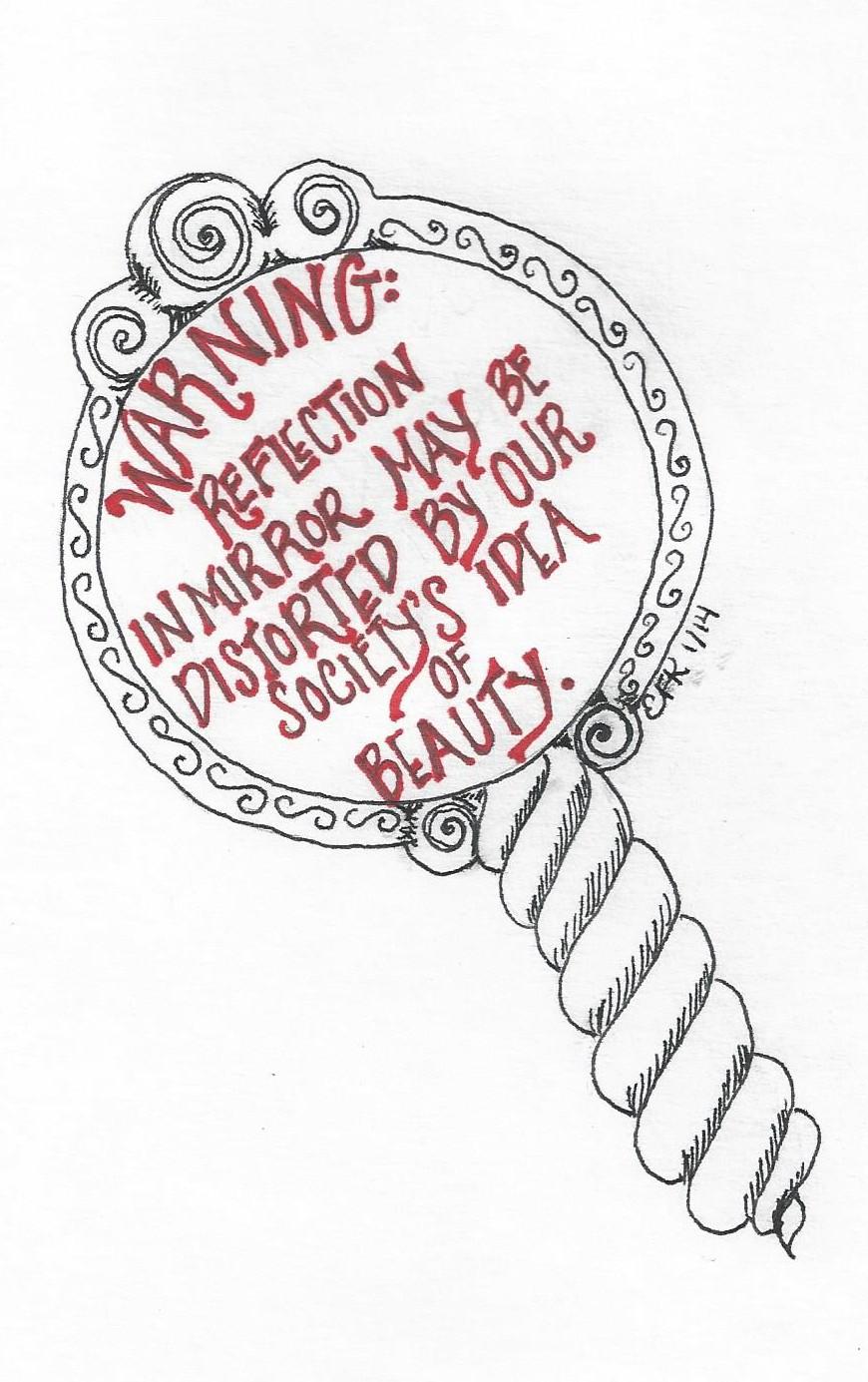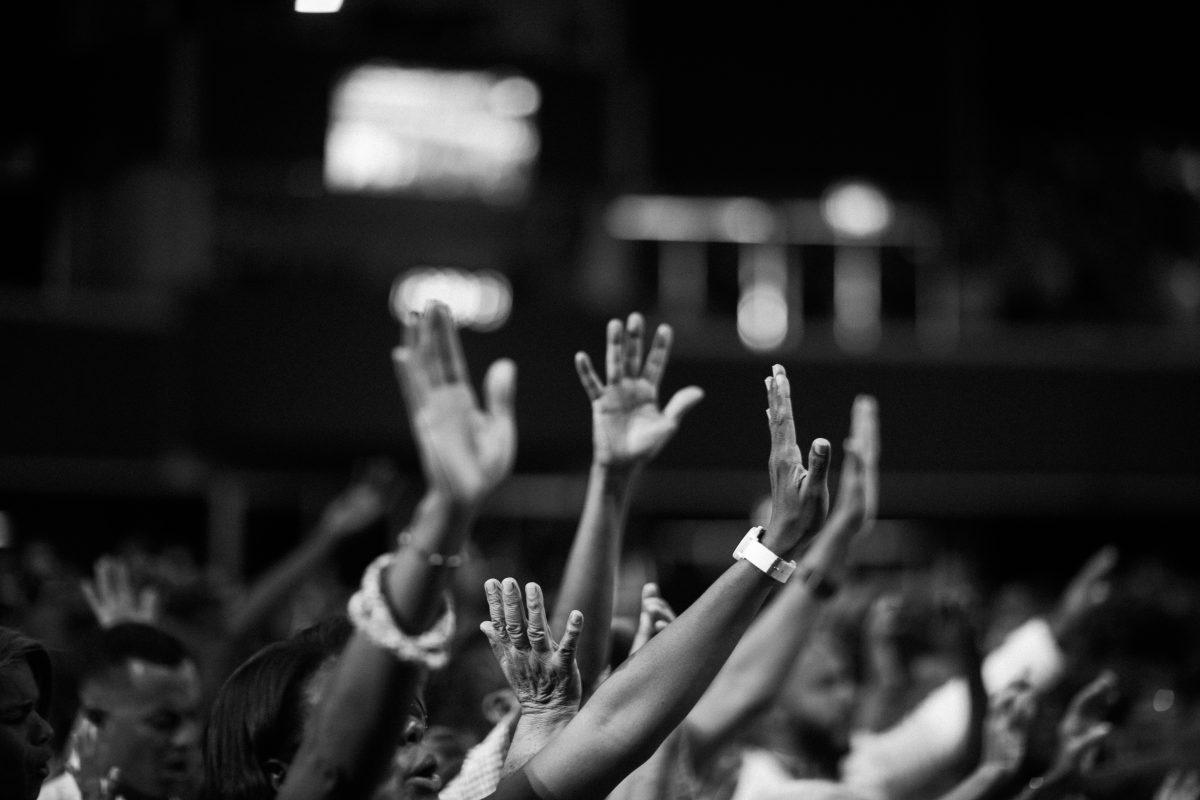
It is now the norm to feel dissatisfied with your body image, according to a recent Oregon State University-Cascades study. But a strong sense of ethnic identity can minimize this norm, according to Elizabeth Daniels, assistant professor of psychology at Oregon State University-Cascades.
“Body image is a very serious issue and one that is prevalent in today’s society,” said Daniels, who is an expert on gender, body image and youth development. “Our current consumer culture and media only contribute to this issue.”
Most students may not realize it, but if they are like the average American, they are exposed to more than five hours of media every day–media that tells them thin, Caucasian women are the ideal of beauty.
This issue has become so prevalent that researchers now call it normative. This means it is normal to feel dissatisfied with your body, according to Daniels.
Daniels is working on case research to help advise the industry, parents and women themselves that media portrayal of women and girls have a documented influence on their well being.
Her most recent study focused on how women would discuss their own body image after seeing images of Caucasian women from magazines and advertisements. Previous research suggested that women of color were less subject to concerns about body image. However, Daniels’ studies show that Latina girls report body dissatisfaction at the same rate as other girls their age.
As a smaller part of the study, Daniels specifically looked at Latino adolescents to see how they would respond to the same images. The study included 118 Latina girls ages 13-18, and after viewing the images, participants were asked to create a statement about how they viewed themselves. What she found was that individuals who referenced their ethnicity by statements such as “I am Latino” overall had a more positive body image.
“What this shows is that those who have a stronger ethnic pride are more likely to be more satisfied with their body,” Daniels explained.
The conclusion is that while this group may be slipping further into dissatisfaction with their appearance, pride in their ethnic background can act as a buffer.
Overall, the effect of media on body image is continuing to increase, often causing harmful effects, according to Linda Porzelius, counselor at OSU-Cascades.
“One to five percent of women now have serious eating disorders,” Porzelius said. “Beyond that almost every woman is unsatisfied with their body. This dissatisfaction really is an emotional and even physical drain on the body.”
Porzelius also believes media can contribute to this body image dissatisfaction.
“You don’t have to watch for very long before you see that there are very limited body types in film and media,” Porzelius said. “This leaves a lot of people feeling like they don’t fit.”
While the messages in the media encouraging healthy lifestyles can be a positive influence, too often it only enforces negative body image, according to Porzelius.
“The message from media that women should and could change their bodies is not always a healthy message for people,” Porzelius said. “While it is good to encourage exercise and healthy eating, all too often it comes across as a message that you can only be healthy if you are thin.”
The altered images often seen in advertisements create a pressure for women to live up to this ideal, Daniels explained.
“Media images are very idealized, typically done using lots of makeup and photo altering techniques.” Daniels said. “We need to begin to value young girls and women for who they are as people and what they can do instead of focusing on what they look like.”
One way society can change the influence media has on body image is to “limit body, food, and fat talk,” according to Porzelius.
“So often what women talk about is how much they ate and how their clothes don’t fit and they don’t like how they look,” Porzelius said. “Today, ‘fat talk’ is rampant in our society and the affects of it are devastating.”
The change in perspective starts when the amount of time spent in seeing media is monitored, according to Daniels.
“As a society, we need to be intentional about how much time we are spending on media and to be more conscious of what media we are actually consuming,” Daniels said. “The average adolescent sees more than five hours a day of images like this and it is hard to just ignore it.”
Overall, it is important to put body image in context and not over-emphasize physical appearance, according to Porzelius.
“There are more important issues than body image and if your jeans fit or not,” Porzelius said. “I am passionate about getting awareness out there because it affects so many.”
Molly Svendsen
The Broadside













